Khoros 2025: Strong Enterprise Model, Weak Developer Story

I’m writing this to share a practitioner’s view on Khoros: why its business model continues to succeed, where it falls short for modern enterprise needs, and why its trajectory reminds me of Nokia’s strategy before smartphones reshaped the market. This is opinionated, based on experience working with enterprise CX stacks, and intended to help buyers frame an evaluation. The goal isn’t to disparage Khoros but to highlight risks and choices that will determine whether it thrives or fades.
Why Khoros’s Business Model Still Works
Installed base and switching costs: Community platforms are sticky. Migrating content, SEO equity, and member reputation systems is risky and expensive. That inertia favors Khoros.
Clear outcome story: Deflection from support, peer‑to‑peer help, and advocacy are measurable. Leaders can justify renewals with hard numbers.
Broad surface area: Communities, social care, and social marketing in one vendor means fewer contracts to wrangle and fewer integrations to maintain.
Services‑heavy success model: A consultative CSM and services layer can lift adoption—translating into perceived ROI, especially for non‑digital‑native teams.
Mature governance for brand risk: Established workflows for moderation and approvals are valuable in regulated or high‑visibility industries.

In short: Khoros wins by reducing risk and friction for brands that need dependable community and social care outcomes more than bleeding‑edge capability.
Where It Lags Enterprise‑Grade Qualities
- Integration and data openness: Enterprises want event streams, lakehouse connectors, reverse ETL, and schema‑level transparency. When platforms act like data silos, downstream analytics, personalization, and AI become limited or costly. See Khoros’s own developer docs and Community APIs for current capabilities.
- Unified architecture vs. stitched products: M&A‑driven suites can carry integration debt—different admin models, inconsistent UX, and uneven APIs—that complicate operations at scale.
- Developer ecosystem: Buyers judge platforms by SDK quality, webhooks, reference apps, and marketplace vitality. Compare the depth of Salesforce AppExchange or the ServiceNow Store with Khoros’s ecosystem.
- Composability: Modular services, headless options, and clean separation of content, identity, and moderation engines matter. Monoliths constrain experimentation.
- Advanced governance & admin: Granular roles, auditability, automated compliance workflows, and enterprise identity (SCIM, fine‑grained SSO policies) are table stakes for global organizations.
- AI maturity as workflow, not features: Surface‑level AI add‑ons are less compelling than LLM‑native case routing, content synthesis, knowledge evolution, and continuous model feedback loops.
- Total cost of ownership: Heavy reliance on services for customization and maintenance can drive up TCO versus platforms that are configuration‑ and API‑first.
Why Khoros Is a Pain in the Ass for Development
- Limited & inconsistent APIs: Coverage is uneven across modules; documentation can lag reality; rate limits and opaque errors add fragility.
- Customization via services, not code: Lacks modern plug‑in models/SDKs; non‑trivial changes often require paid services instead of declarative configuration.
- Data access friction: Bulk exports and real‑time access aren’t first‑class; teams end up with brittle CSV pipelines or middleware instead of clean warehouse/event connectors.
- No direct DB access—even at enterprise tier: Internal engineering teams don’t get database access, forcing dependence on limited APIs and slowing analytics, AI training, and custom reporting.
- Legacy baggage in the stack: Lithium‑era patterns persist (templating, fragmented admin planes), which complicates CI/CD and automation.
- Thin developer ecosystem: Contrast with Discourse’s plugin library and community‑maintained repos where examples accelerate delivery.
- High TCO for experimentation: Because many changes route through services, quick prototyping and iteration are costly and slow.
“The basis of competition is shifting to ecosystems, data contracts, and automation. Enterprises will pay for platforms they can extend—without a purchase order for every change.”
— Practitioner POV
The Nokia Analogy: Parallels and Lessons
Nokia didn’t fail because it made bad phones; it failed because the market’s basis of competition shifted—from hardware specs and distribution to software ecosystems and developer velocity. Khoros faces a similar risk if it doesn’t pivot decisively from “suite” to “platform.” For context on how we got here, see the Lithium + Spredfast merger era (e.g., IDC note on the merger).

Why This Path Could Fail in the Future
- AI‑native competitors change expectations: LLM‑native support, community summarization, auto‑moderation, and knowledge evolution compress time‑to‑value and reduce services spend.
- Enterprise data strategy demands openness: If community/social data can’t be treated as first‑class in your customer 360, buyers will choose platforms with cleaner data contracts.
- Convergence around fewer platforms: As CX consolidates into a handful of data/workflow backbones, point suites that don’t plug in seamlessly will be rationalized.
What Khoros Would Need to Do to Avoid the Nokia Path
- Unify the platform experience: One admin plane, consistent RBAC, shared governance, coherent data model.
- Go API‑first: Rich, versioned APIs; event‑driven webhooks; SDKs; and a public extensibility roadmap.
- Treat data as a product: Native warehouse/lakehouse connectors, streaming exports, transparent schemas.
- Make AI foundational: LLM‑native workflows for care, community, moderation, and knowledge with human‑in‑the‑loop and measurable feedback loops.
- Invest in a developer ecosystem: Marketplace, revenue sharing, reference apps, hackable templates.
- Reduce services dependency: Opinionated defaults, in‑product guidance, and composable blueprints over bespoke services.
- Harden enterprise governance: Fine‑grained auditability, SCIM/SSO policies, automated policy enforcement.
Guidance for Enterprise Buyers Evaluating Khoros
- Architecture: Ask for a reference architecture showing identity, data flows, and governance across the suite.
- Data: Validate real‑time exports, warehouse connectors, schema docs, and the costs for high‑volume access.
- Extensibility: Review API coverage, rate limits, webhooks, SDKs, and marketplace depth.
- AI: Look beyond features—evaluate outcomes, quality controls, model feedback loops, and ownership of training data.
- Operations: Probe admin granularity, audit trails, and automation for provisioning and compliance.
- TCO: Separate license, services, and integration costs; model three years of changes and new use cases.
- Roadmap: Request delivery proof for recent commitments; talk to customers who’ve pushed the limits you care about.
If Khoros can answer these with clarity and openness—and back it up in pilots—it’s still a viable enterprise choice. If not, consider platforms with stronger data and extensibility foundations, such as Sprinklr’s unified platform or alternatives in your existing backbone (e.g., Salesforce AppExchange, ServiceNow Store).
Conclusion: Khoros’s business model succeeds because it solves real problems with a proven suite. But the enterprise bar has risen: composability, developer ecosystems, AI‑native workflows, and data‑centric architecture now determine longevity. That’s why the Nokia analogy matters—market power today can mask a shift in tomorrow’s basis of competition. Whether Khoros becomes a case study in reinvention or a cautionary tale depends on how quickly it embraces the platform era.
Further reading & references:
Agile Agile Methodology AsyncStorage Dependency Inversion Principle Gutenberg Hooks Integration Testing JSON justify content center Justify text Migration Mindset Node Npm ObjectOriented design Performance Testing PHP React Js React Native React Native Buttons React Native Elements React Native Error React Native IOS React Navigation redux redux-persist redux-persist-react-native-async-storage Regression Testing Security Testing SOLID principles Unit Testing useDispatch User Acceptance Testing UAT WordPress WordPress Simplification WordPressVip WP Block Patters WP Gutenberg WP Gutenberg Patterns

